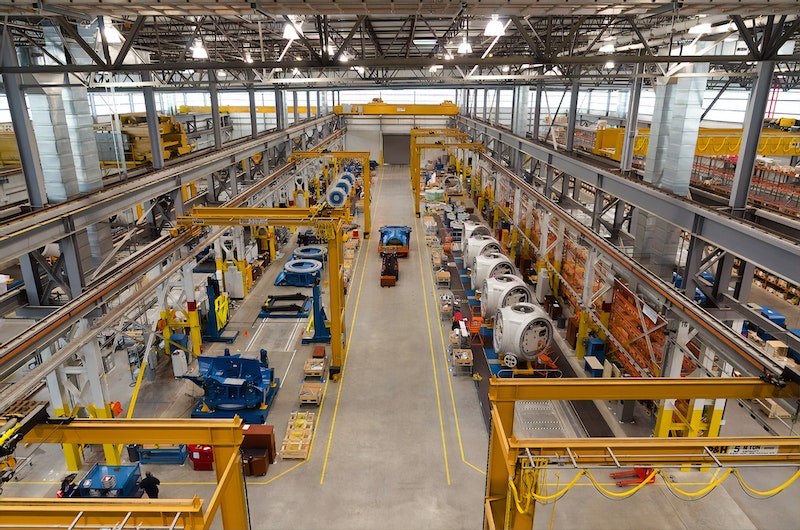First published on Forbes.com on November 6, 2020.
For multiple years, electronics companies that sell into the U.S. market have faced pressure from tariffs to move their supply chains out of China. Savvy companies sought loopholes by moving small pieces of their supply chains, but most stayed put. There was talk this spring when development schedules and production lines ground to a halt that maybe Covid would inspire companies to rethink their reliance on China (or any single-point-of-failure element to their supply chains).
For consumer electronics companies, fall is the beginning of new product cycles for 2021, and an opportunity to choose different manufacturing partners in different locales. The story remains the same: companies are choosing to work with trusted partners and aren’t making big moves out of China.
Earlier this year, the opinion was clear: the combination of tariffs and Covid would push manufacturing out of China. Material Handling and Logistics, a supply chain trade publication, wrote in June, “A survey by Gartner of 260 global supply chain leaders in February and March 2020 found that 33% had moved sourcing and manufacturing activities out of China or plan to do so in the next two to three years.” Sarah Brown, of the MIT Sloan School of Management, wrote in July, “The new coronavirus has put a spotlight on the world’s reliance on Chinese manufacturing, and prompted speculation that supply chain restructuring might start with pulling out of China.”
This hasn’t happened.
Instrumental provides software to support manufacturing lines for top electronics companies. We did a retroactive analysis across multiple years of deployment data to see if there were any indications of a shift. The major trends remained the same:
- Large electronics brands with complex products generally built in China in 2020 and plan to do so again in 2021
- Medium electronics brands split roughly in half between building in China and building in Taiwan, with a slight trend towards Taiwan in the 2021 plan
- Small electronics companies working on first or low volumes products are building in the U.S. and plan to do so in 2021 as well
Where did all of the momentum for supply chain shift go? Manufacturing folks are pragmatic and practical people, and their primary job is to mitigate risk. In general, unless there’s a compelling business reason, manufacturers will default to the lowest-risk option.
This fall, teams evaluated virus risk, partner risk, and socio-political risk. On virus risk, China and many parts of Asia have maintained strong virus control, so mass shutdowns of the variety we saw in early 2020 seem incredibly unlikely. Switching manufacturing partners, even within the same company (from a Shenzhen-based team to a Vietnam-based team) would be considered a large partner risk. Typically partner risk is assessed during choreographed factory tours, team meet-and-greets, and in person work sessions. With restricted travel, de-risking new partners has been incredibly difficult – so most have opted to work with teams they know. For socio-political risk, which includes everything from tariffs to degrading political relationships, it’s been anyone’s guess.
Given this, it’s not surprising that there hasn’t been a huge shift of electronics supply chain out of China for the 2021 season. Instead, supply chain leaders are focusing on execution risk: how can they make 2021’s new programs successful in spite of continued challenges from Covid, such as restricted travel and distributed teams all trying to collaborate remotely in real-time. For many, they’re expanding their toolkits to include technology leveraging cloud platforms and data analytics to increase agility and to mitigate general execution risk – so they are able to execute no matter what the next disruption is. One leader at a Fortune 100 electronics company summed it up, “In the spring, we just had to react and make it work, but this year, we’ve got to have a plan.”
Related Topics



